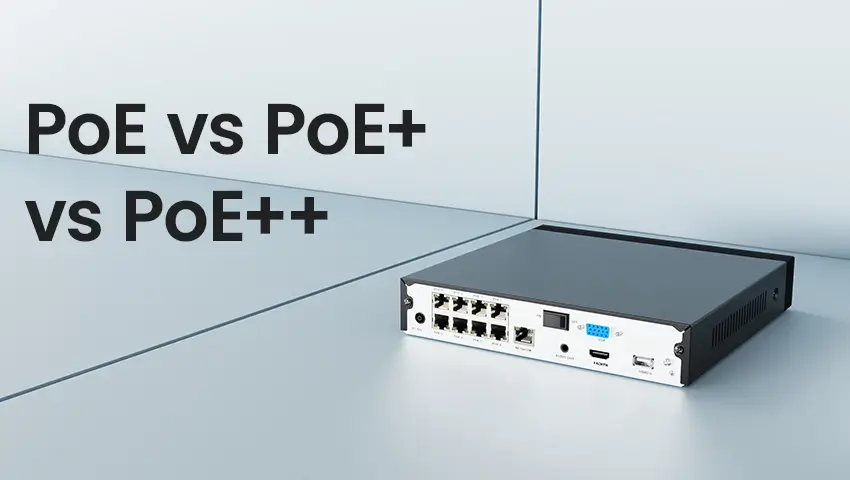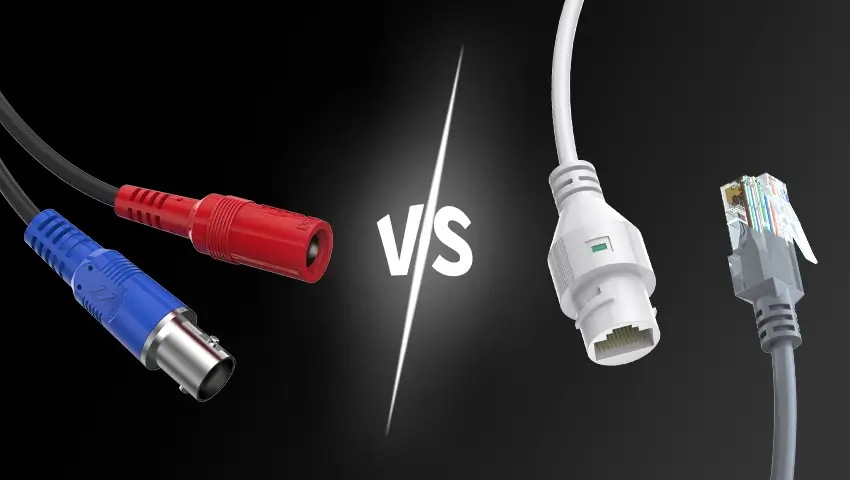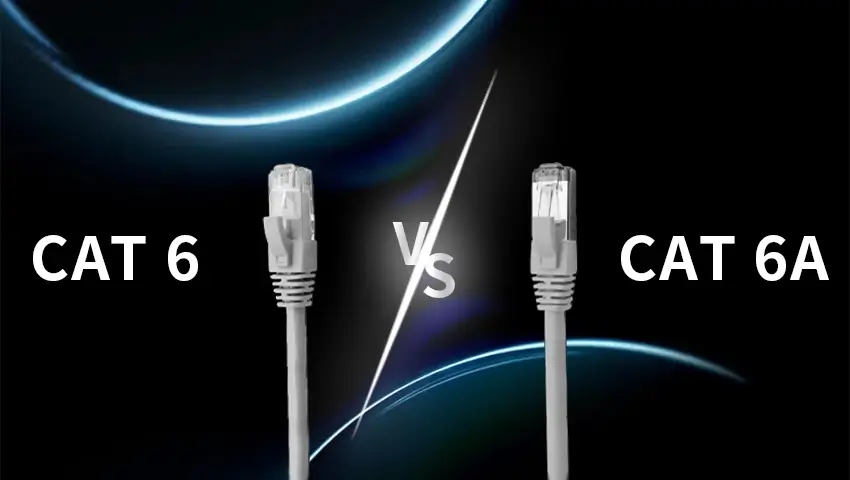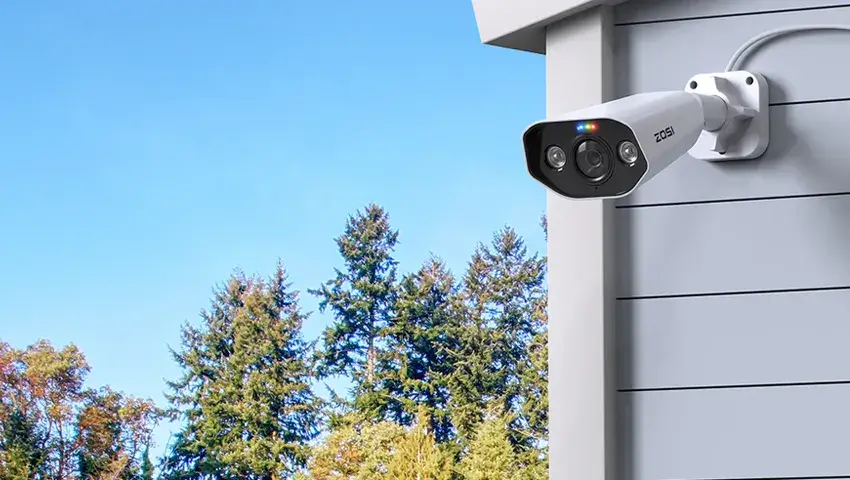Demystifying PoE vs. PoE+ vs. PoE++ is crucial for anyone deploying network devices, as each standard offers distinct power delivery capabilities impacting device compatibility and overall system performance. Understanding these key differences ensures optimal power efficiency and informed hardware selection for your specific needs.
Contents
What is PoE?
PoE, defined by the IEEE 802.3af standard, allows devices to receive both data and power through a single Ethernet cable. It delivers up to 15.4W per port, making it ideal for lowpower devices like basic IP cameras, sensors, and VoIP phones.
Pros:
- Simplifies cabling by eliminating the need for separate power adapters.
- Costeffective for smallscale deployments.
Cons:
- Limited power output (up to 15.4W).
- Not suitable for highpower devices like PTZ cameras or advanced access points.
What is PoE+?
PoE+, based on the IEEE 802.3at standard, is an upgraded version of PoE. It delivers up to 30W per port, doubling the power output of standard PoE. This makes it perfect for devices like advanced IP cameras, video phones, and wireless access points with multiple antennas.
Pros:
- Higher power output (up to 30W).
- Backward compatible with PoE devices.
- Ideal for mediumpower applications.
Cons:
- Slightly higher cost compared to standard PoE.
- May require higherquality cabling (Cat5e or better).
What is PoE++?
PoE++, also known as IEEE 802.3bt, is the latest and most powerful PoE standard. It comes in two types: Type 3 (up to 60W) and Type 4 (up to 100W). This technology is designed for highpower devices like video conferencing systems, LED lighting, and even laptops.
Pros:
- Supports highpower devices (up to 100W).
- Uses all four pairs of Ethernet cables for maximum efficiency.
- Futureproof for emerging IoT and smart building applications.
Cons:
- Higher cost and complexity.
- Requires Cat6 or better cabling for optimal performance.
Key Differences at a Glance
| Feature | PoE (802.3af) | PoE+ (802.3at) | PoE++ (802.3bt) (Type 4) |
|---|---|---|---|
| Power Output | Up to 15.4W per port | Up to 30W per port | Up to 100W per port |
| Cable Pairs Used | Uses 2 pairs of Ethernet cables | Uses 2 pairs of Ethernet cables | Uses all 4 pairs of Ethernet cables |
| Typical Devices Supported | Basic IP cameras, VoIP phones, and sensors | Advanced IP cameras, video phones, and wireless access points | High-power devices like video conferencing systems, LED lighting, and laptops |
| Cost | Low cost, ideal for budget-friendly setups | Moderate cost, suitable for medium-power needs | Higher cost, designed for high-power and future-proof applications |
Which One Should You Choose?
- PoE: Best for small networks with lowpower devices like basic cameras or sensors.
- PoE+: Ideal for mediumsized networks with devices requiring more power, such as advanced cameras or access points.
- PoE++: Perfect for largescale deployments with highpower needs, like smart buildings or video conferencing systems.
Final Thoughts
Ultimately, selecting the appropriate PoE vs. PoE+ vs. PoE++ standard hinges on a clear assessment of current power demands and a strategic vision for future network expansion. Choosing wisely ensures not only immediate device compatibility but also a scalable infrastructure capable of supporting evolving technological needs and maximizing long-term cost efficiency.




